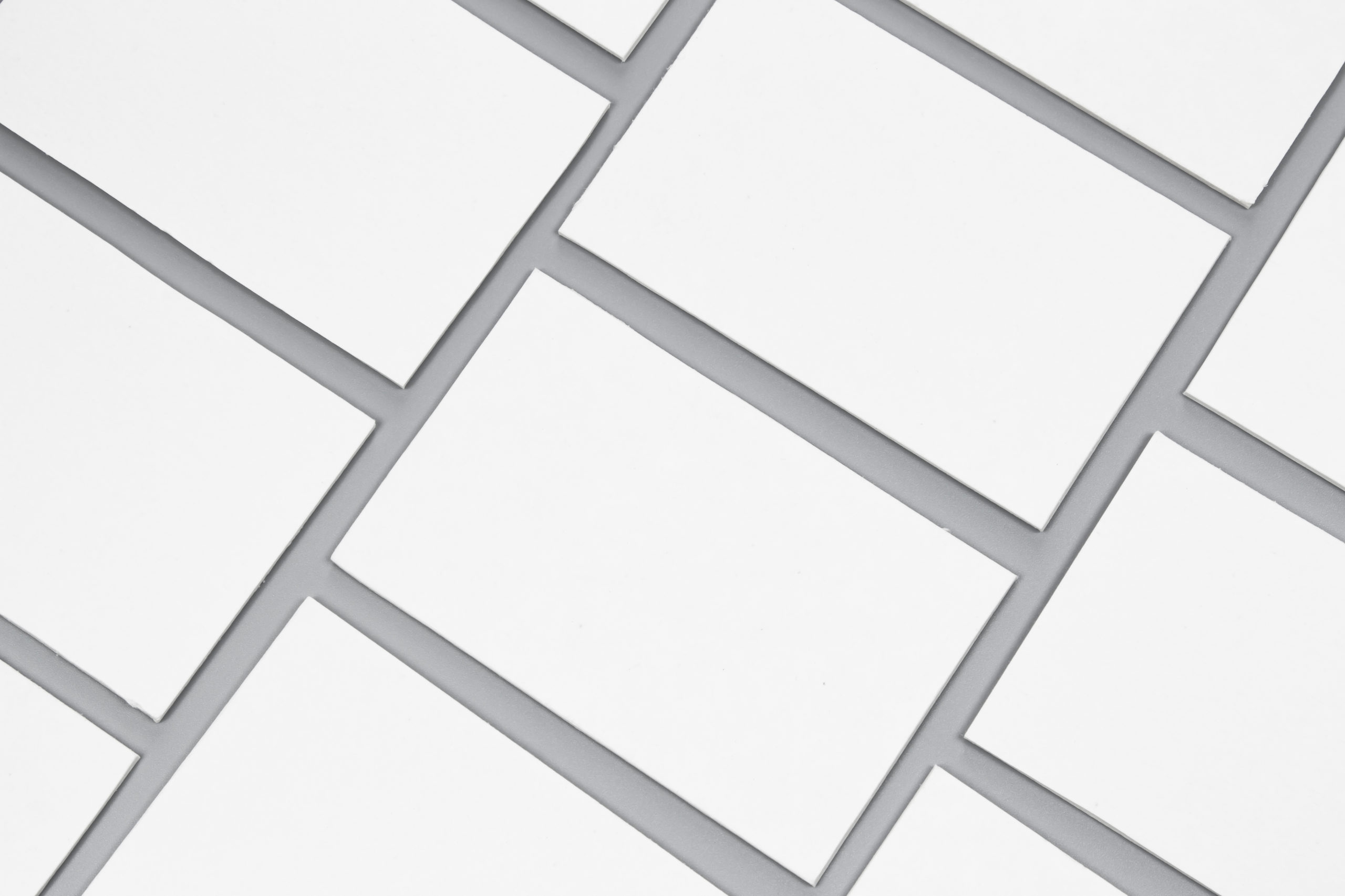Insights
An Engaging Magazine Starts with the Cover
If not it won't be read

Association magazines are feeling more pressure to the mantras of digital and mobile first, which calls into question the value of producing a print magazine. Competing to gain a reader’s busy attention from numerous media channels—other magazines, newspaper, television, and social media (cat videos on YouTube) is tough! Getting a reader to pick-up your magazine and engage with the content is imperative to justify its existence. An intriguing cover that speaks to your reader can be the key to success.
Cover Identity and Brand
The identity of a magazine is not just about the logo. It is about the combination of the imagery, typography, and voice of the headlines. As recently demonstrated by Vicki Glembocki at the CASE Editor’s Forum in San Antonio, if a reader covers up the logo on your magazine can they tell which magazine they are looking at? The logo is an important element but it should not be the only factor in creating a cover brand. (A similar test, “The Swap Test,” is also noted in Marty Neumeier’s book, The Brand Gap.)
The Cover Story
What constitutes a cover story? It does not have to be the deepest or most important article in the publication. The job of the cover is to get someone to pick-up the magazine and crack it open. It should be a feature or you have to ask the question why there isn’t a cover worthy feature article in the issue (note: there are exceptions to this such as the beautiful image-only covers for UCDA’s Designer Magazine)? Most importantly the cover article should engage your readership. Answer the question: why this story, on this magazine cover, for this audience?
Cover Development
Because the cover is so important it should be considered at all stages in the process—from the creation of the feature listing, through the development of the articles, to the design of the pages. It should not be something that is brainstormed in a 30 minute art meeting. Time should be set aside to read the articles, understand the editorial direction, delve into the article and look for details that can be visualized. Multiple articles and multiple solutions for each article may be explored when creating a cover. Don’t stop at the obvious—push the ideas. Doing an article on the President? What is the story you can tell your readership about this person that no one else can? Utilize visual rhetoric to push beyond the literal interpretation (“One Cover 10 Ways”).
Take Risks and Have Fun
Many times there is so much at stake with a cover and so many people involved that playing it safe seems like the way to go. But safe gets tired and a tired magazine does not get picked-up. So when considering different creative solutions try something unexpected. Have fun. If you are true to your readers they will appreciate it.